Rubber-Tired Gantry Cranes (RMGs) are indispensable for global port operations, yet extreme weather events demand rigorous RMG Safety strategies to prevent downtime and accidents. This guide combines ISO standards compliance, advanced automated systems, and field-proven tactics to address typhoons, sub-zero temperatures, and thunderstorms—ensuring RMG Safety remains a top priority while maximizing operational resilience.
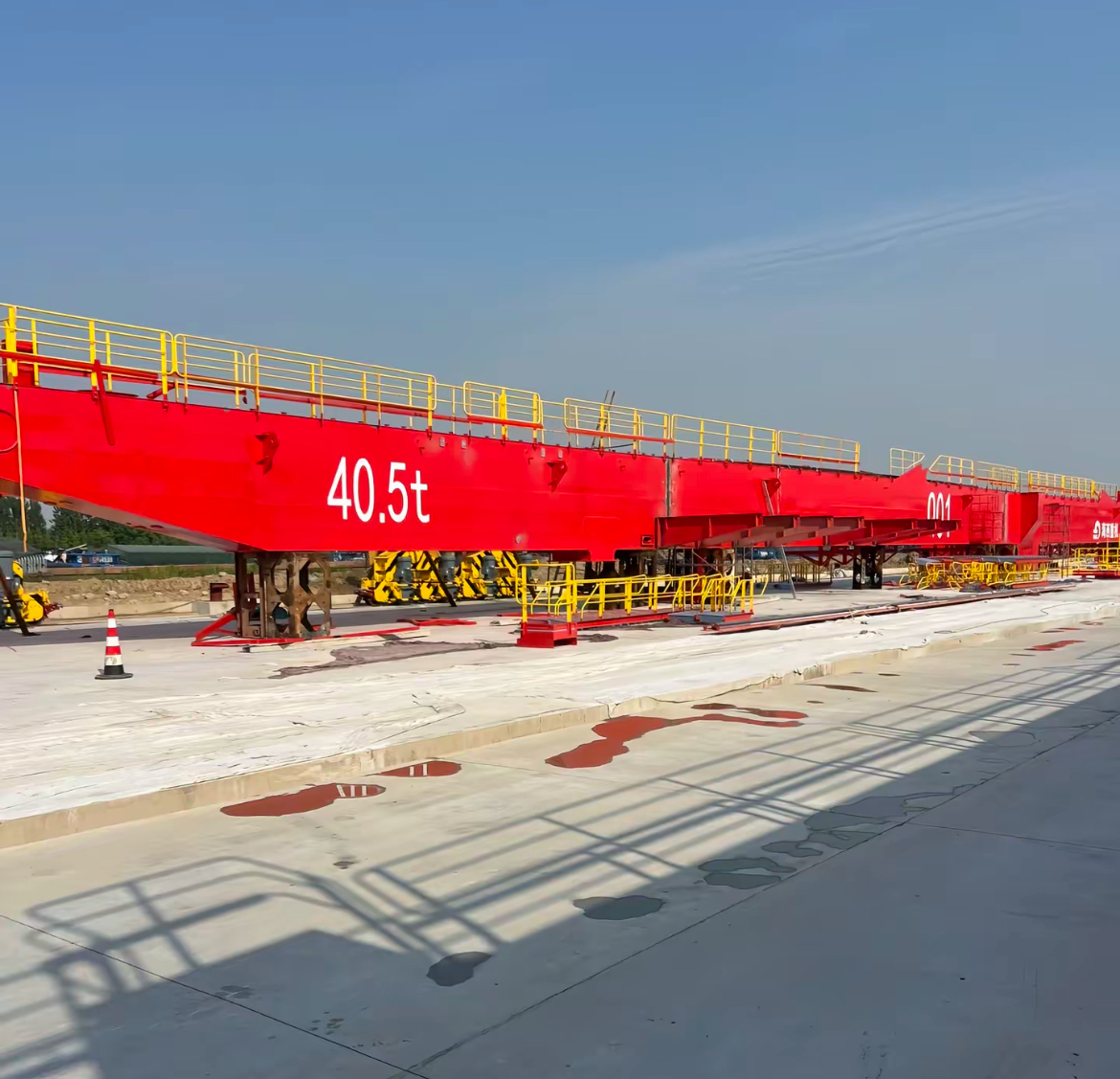
1. Extreme Weather Threats to RMG Safety
①. Typhoons: Direct Risks to RMG Stability
RMG Safety Failures:
Wind speeds exceeding 30 m/s may overpower Rubber-Tired Gantry Crane anchorage systems;
Collapsing container stacks near RMG runways threaten structural integrity;
lateral gantry movement risks derailment and collisions.
②. Sub-Zero Temperatures: Hidden RMG Safety Hazards
Critical Vulnerabilities:
Frozen hydraulic systems delay spreader operations, escalating accident risks;
Brittle steel components (e.g., main beams) may fracture under load, compromising RMG Safety;
Ice-coated runway rails reduce braking efficiency by up to 40%.
③. Thunderstorms: Electrical and Structural Dangers
RMG Safety Priorities:
Lightning strikes can disable critical Rubber-Tired Gantry Crane electronics;
Flooded control cabins heighten electrical short-circuit risks.
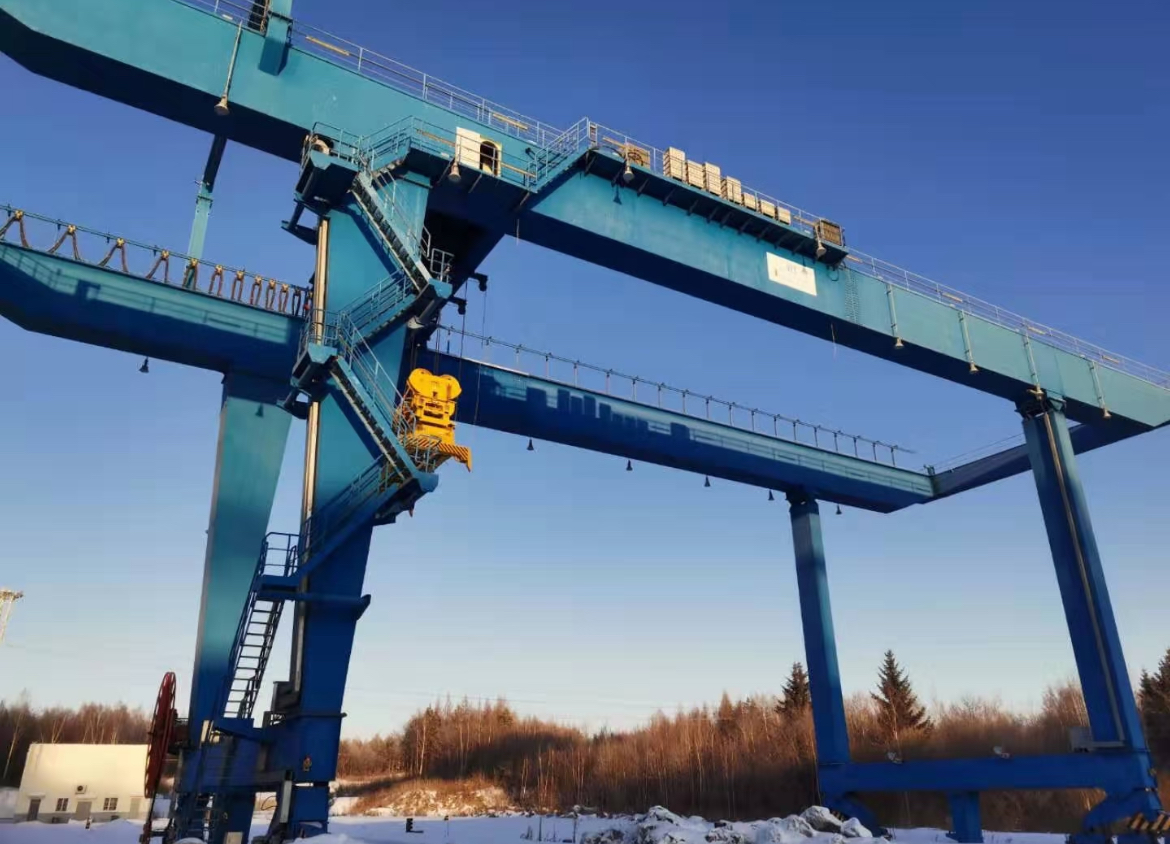
2. Typhoon Preparedness: Elevating RMG Safety Standards
①. Pre-Storm RMG Safety Protocols
Anchoring and Securing:
Deploy dual anti-wind anchors (rail clamps + ground locks) 8 hours before landfall;
Retract trolleys and lower spreaders to minimize wind exposure—key to RMG Safety in cyclones.
Compliance-Driven Inspections:
Verify structural integrity per ISO 12478-1 (crane maintenance standards);
Test emergency brake response times (<2 seconds) for RMG Safety compliance.
②. Real-Time RMG Safety Monitoring
IoT and AI Integration:
Track wind load impacts on Rubber-Tired Gantry Cranes via tilt sensors and strain gauges;
Use predictive analytics to trigger automated shutdowns when RMG Safety thresholds are breached.
③. Post-Typhoon RMG Safety Recovery
Mandatory Checks:
Inspect main beam welds using ultrasonic testing (UT) to ensure structural integrity;
Recalibrate runway rail alignment (±3mm tolerance) for RMG Safety restoration.
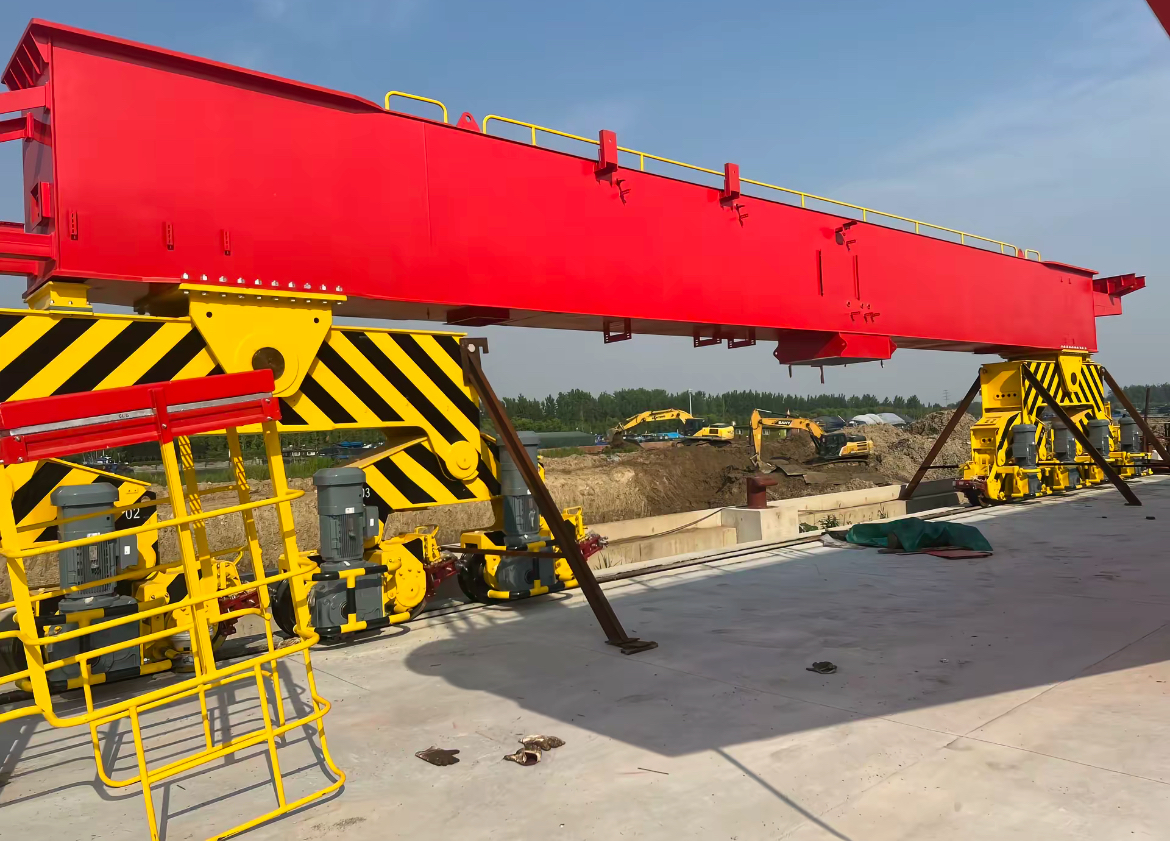
3. Winter Operations: RMG Safety in Sub-Zero Conditions
①. Cold-Weather RMG Safety Upgrades
Hydraulic System Optimization:
Replace standard oils with arctic-grade hydraulic fluids (e.g., ISO VG 15) to maintain RMG Safety at -30°C;
Install heated enclosures for pumps to prevent oil solidification.
Runway Ice Mitigation:
Embed electric heating strips (5 kW/m) on RMG tracks—critical for RMG Safety in snow-prone ports;
Apply biodegradable deicers to avoid corrosion risks.
②. Operator Training for RMG Safety
Best Practices:
Train crews in “pulse movement” techniques to reduce hydraulic shocks during low-temperature RMG operations;
Enforce OSHA-compliant PPE (e.g., heated gloves, anti-fog visors) to uphold RMG Safety standards.
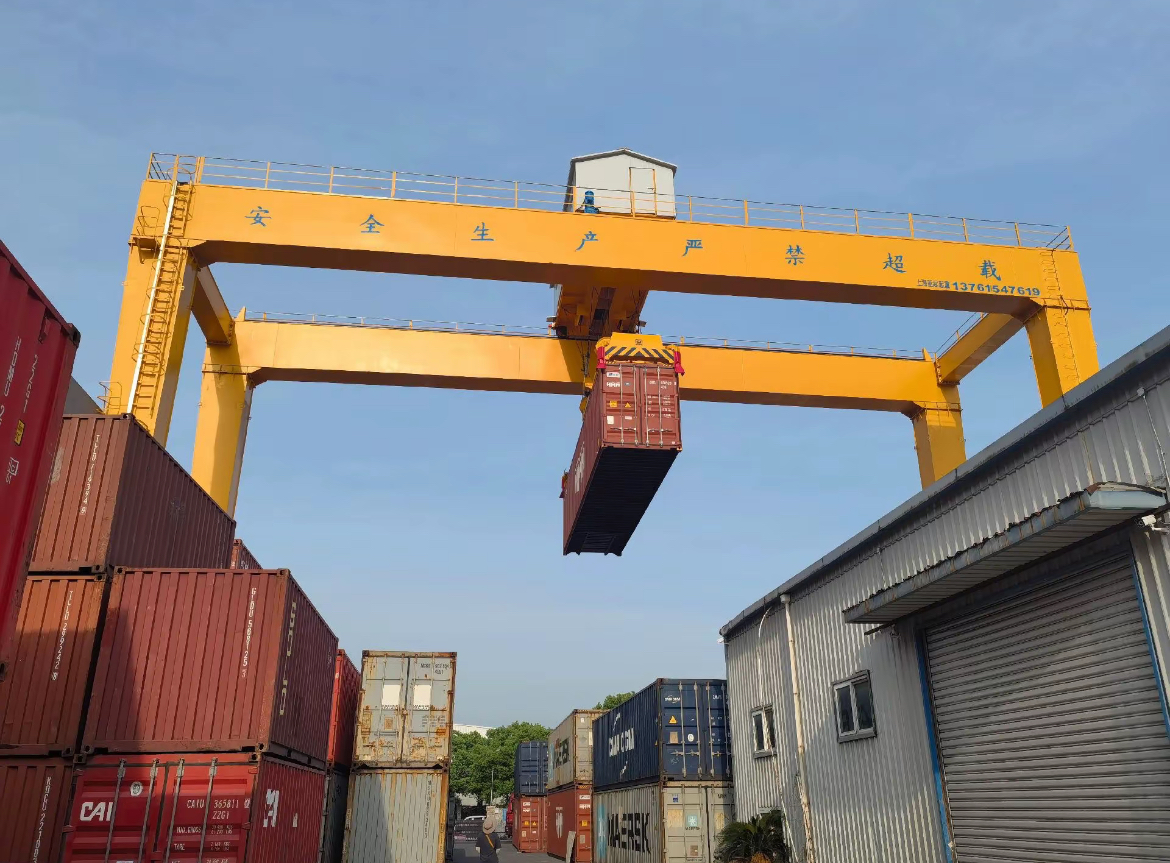
4. Thunderstorm Protection: Safeguarding RMG Electrical Systems
①. Lightning and Surge Defense
RMG Safety Grounding:
Achieve ≤4Ω grounding resistance per IEC 62305—non-negotiable for Rubber-Tired Gantry Crane lightning protection;
Install lightning rods with 30-meter coverage radius around RMG zones.
Electrical Redundancy:
Equip RMG control panels with dual surge protectors (SPDs) to ensure RMG Safety during voltage spikes;
Isolate non-essential electronics via automated circuit breakers.
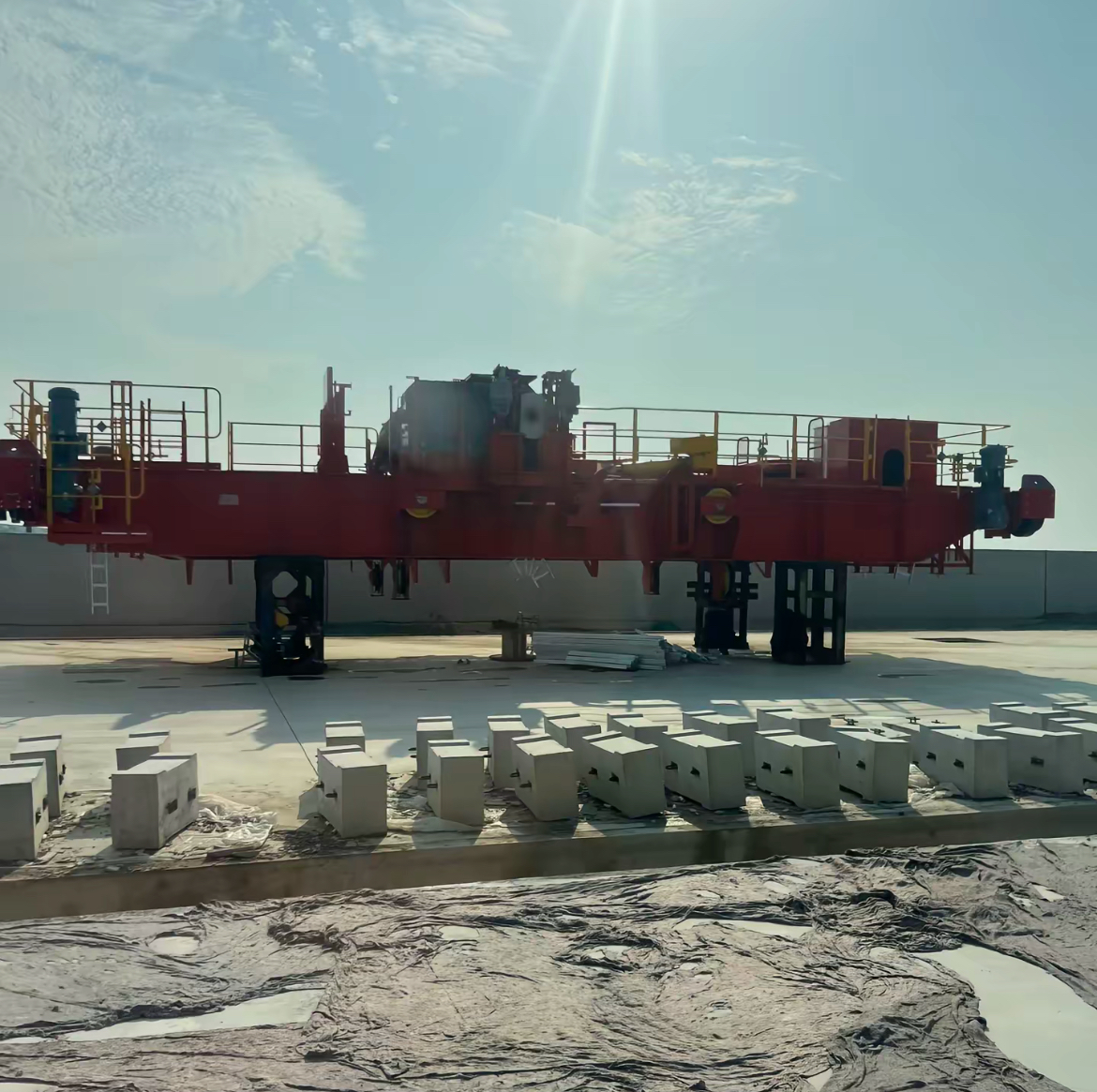
5. Future Trends: Smart Tech for Next-Gen RMG Safety
①. AI-Driven Predictive RMG Safety
Digital Twin Simulations:
Model typhoon wind loads on Rubber-Tired Gantry Cranes to pre-adjust counterweights;
Predict hydraulic failures with 92% accuracy using IoT sensor data—proactively enhancing RMG Safety.
②. Green Energy and RMG Safety Synergy
Hydrogen Backup Power:
Provide 72-hour emergency power to RMG critical systems, sustaining RMG Safety during grid outages;
Align with ISO 14001 to reduce emissions while prioritizing safety.
Extreme weather resilience hinges on unwavering commitment to RMG Safety—from typhoon-ready anchorage systems to AI-powered predictive maintenance. By adopting these protocols, ports can reduce weather-related incidents by 60% while achieving ISO standards compliance.

